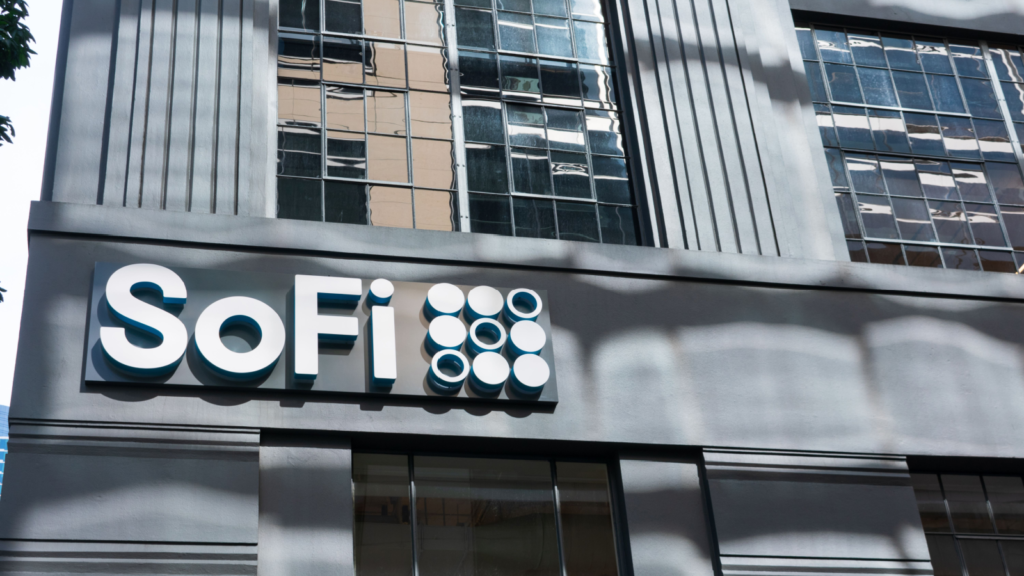SOFI Stock Strategy: The Best Play for Cautious Investors Ahead of Q2 Earnings

SoFi Technologies (NASDAQ:SOFI) reports its Q2 2024 results on July 30 before the markets open. Some investment pundits are wondering whether it makes sense to buy SOFI stock before earnings.
The argument being that it’s better to wait for more information about the fintech’s lending slowdown before committing your hard-earned capital to buying its stock.
While I’ve always believed the best time to buy a stock is when you have the money, I can understand the reluctance. In my last article on SOFI in late June, I discussed how CNBC investor guru Jim Cramer said he would have to wait on the stock after a mediocre Q1 2024 report.
I agreed with Cramer suggesting that “Now is not the time to go out on a limb,” I wrote on June 30. As a result I rated it a Hold although I do like it in the long term.
If you do want to get in before earnings, options make the best play. Here are three bets to consider.
The Analysts Are on the Fence
Of the 18 analysts covering SOFI stock, just four rate it a Buy, with a target price of $8.50, 15% higher than where it’s currently trading. Based on the 12-month target of $8.50, that’s where option buyers should start their search.
Using Barchart.com data, I screened for SOFI calls and put options expiring in 150 days or more, which aligns with the analyst time frame.
I came up with four calls and two puts. Given the volatility of SOFI stock, I wouldn’t consider the puts for income because the days to expiration are 157 and 170, far too long for a stock that could drop on any expected bad news delivered on July 30.
That leaves me with four calls with DTEs between 103 and 176 days.
The Upside/Downside of This Bet
Given I’m trying to get close to $8.50, I’d go with the Jan. 17/2025 $8 call. With a $1.12 ask price, you’re looking at a down payment – the amount you pay to secure the right to buy 100 SOFI shares in the future – of 15% based on its July 19 closing price of $7.40.
Now, 15% is a pretty big percentage, but given the outlay is only $112, most investors could probably live with that. So, the net price you’d pay should you exercise your right to buy 100 shares at expiry would be $9.12, 62 cents higher than the analysts’ target.
Based on the $7.40 closing price, SOFI would have to appreciate by 23% over the next 15 weeks for you to consider exercising your right. However, you could sell your call early, generating a 50% gain on your $112 bet if it appreciates by 14% ($1.03).
If you’re new to options, you divide the ask price ($1.12) by its delta of 0.54290, to calculate the appreciation required ($2.06) to double your money. Half that is a 50% gain.
The Bottom Line on SOFI Stock
The last time SOFI traded around $8.43 ($7.40 closing price plus $1.03 appreciation) was in March. It’s been a while. Still, it’s not like it was some time in 2023. Good news on July 30 would certainly help its cause.
The company’s expected to report Q2 2024 earnings between $0 and $0.01 per share, up from a six-cent loss a year ago. For all 2024, Seaport Research analyst Bill Ryan believes it will earn eight cents and 22 cents in 2025.
In Q1 2024, its membership base increased 44% year-over-year to 8.1 million. It’s likely to deliver continued membership growth in the second quarter. However, that will be offset by a decline in personal loan origination, resulting in lower Q2 revenue from a year earlier.
Should the share price fall post-earnings, you would have time to recover on your call options bet. Worst-case scenario, you’re out $112 per contract by January 2025.
By no means are these the only options you could use to bet on SOFI stock. They’re merely meant to illustrate how to make a safer bet on the stock at a time when its near-term future isn’t perfect.
For me, except using options, SOFI remains a Hold.
On the date of publication, Will Ashworth did not have (either directly or indirectly) any positions in the securities mentioned in this article. The opinions expressed in this article are those of the writer, subject to the InvestorPlace.com Publishing Guidelines.
On the date of publication, the responsible editor did not have (either directly or indirectly) and positions in the securities mentioned in this article.









